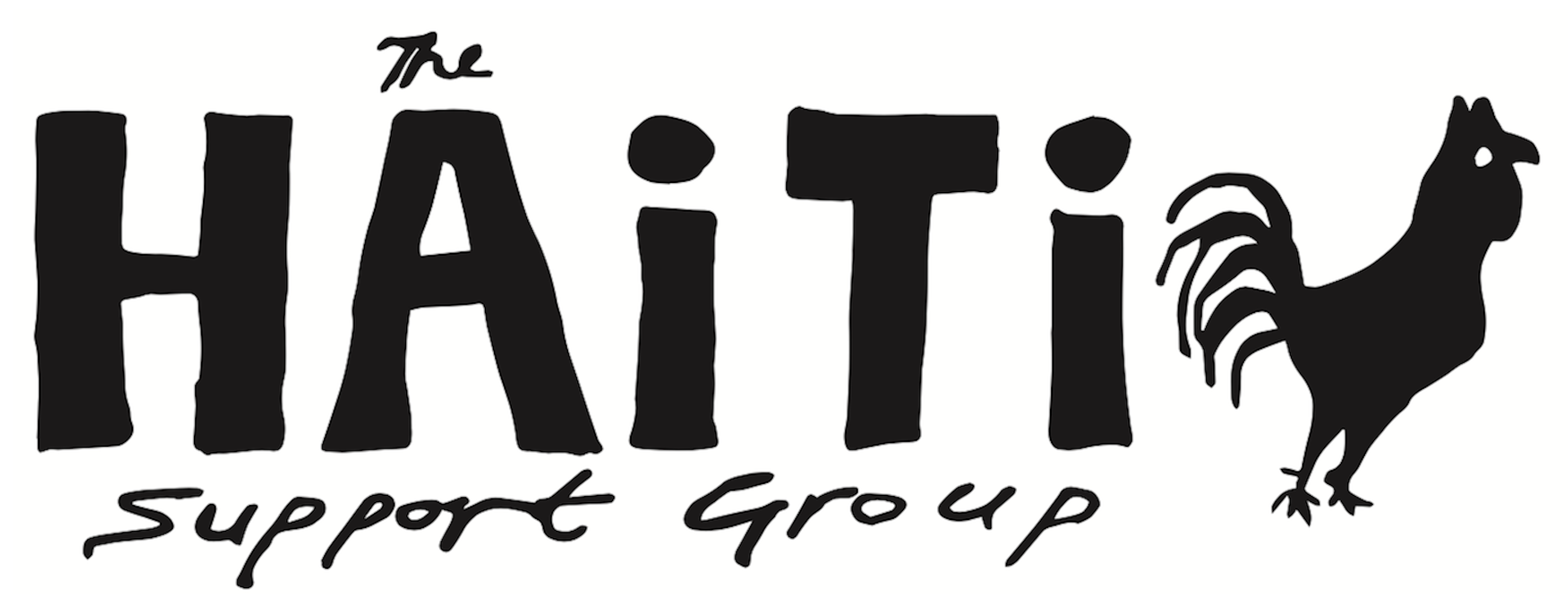HSG from US State Department, Foggy Bottom, Washington DC, 05-12-2012
To a festively-decorated State Department foyer, for escort to the offices of Tom Adams, Hillary Clinton’s right-hand man on Haiti. We are part of a delegation of six members of the Haiti Advocacy Working Group (HAWG), here to meet a combined State Department and USAID delegation on agriculture led by Eileen Smith, Deputy Co-ordinator for Assistance in what is known as the Haiti Task Force.
We have submitted the six-page advocacy brief that HAWG’s Agricultural Sub-committee has recently finalized: Towards Food Security and Resilience in Haitian Agriculture: A Call to Action. As we start, we see that the two USAID officials have annotated the brief in the margins, showing where their programmes, in particular Feed the Future (FTF), the US government’s main hunger and food security initiative in Haiti, meets the policies and proposals we promote.
“I think we can say we are in agreement with everything here except price supports,” begins Eileen Smith, holding our brief in the air. “Intervening in the market to raise prices would be difficult to explain to those that cannot afford basic food at the moment.” Actually, the brief makes no such demand, although it should have. However, the recently-released Oxfam Policy Proposal on boosting rice production and its value in Haiti does propose a rice floor price to be subsidized by a sliding import tariff.
It’s a familiar argument which effectively redefines food security for Haitians as being based on access to cheap, mostly US staple imports. It neatly ignores the fact that the massive growth in US staple exports to Haiti has been won on the basis of completely unfair competition, in terms of subsidies to US producers and the overnight dismantling of Haitian tariffs (see Haiti Briefing No. 72, Haiti’s Hunger Games).
The principle reason Haitian food producers have been unable to meet even some of the increased domestic demand of the past 20 years is their competitors’ unfettered access to a very vulnerable market, where any form of support for local producers through the sort of subsidies, preferential loans or most telling price supports enjoyed by US producers is forbidden by the Haitian government’s paymasters, its foreign donors. Haiti now imports 83% of its annual rice consumption, some 467,000 metric tones in 2010. Twenty years ago, it was the exact reverse: it produced more than 80% of its annual consumption. Although less dramatic in scale, the figures for maize, chicken, port and sugar show exactly the same pattern.
On paper, Feed the Future demonstrates that it is grappling with the need to boost domestic production. The limitations are obvious, but are at least specified. It covers only four food crops: rice, beans, maize and plantains; crops produced mostly in the coastal plains of the three development corridors where the US government’s Haiti Development Strategy is focused. “Feeding” is broadly defined as the whole agriculture sector, and includes cash and export crops like mangoes, cocoa and even flowers.
The commitment to the “morne” (hills) above the plain is minimal, revolving around the need to stabilise such hillsides for watershed control e.g. preventing too much water running off them in case they devastate the more productive and promising agriculture of the plains. There is no help for the poorest farmers above the plain or the staple crops they tend to grow, sorghum, millet and tubers.
There is, however, very welcome support for a master farmer programme, whereby locals farmers are trained in new techniques, then to train others. It’s unclear how this meshes with the somewhat ominous-sounding support for “market-driven access to agricultural inputs and technical assistance.” The first evaluation report of the impact of FTF in Haiti is due shortly. We may, or may not, know more when we see it.
Overall, the key issue seems to be policy coherence. All the agricultural productivity improvement in the world will not only fail but be little more than a sticking plaster if the context in which Haitian farmers struggle continues to be so adversarial: subsidies to industrial scale farmers abroad, absurdly low import tariffs, way below the regional average, climate change spawned largely by industrial countries wreaking disproportionate havoc in the fields of those least able to protect themselves. Frankly, a minimal version of the sort of elaborate price support insurance or even weather insurance we offer our own farmers seems to be the least we owe farmers in what is now officially the third hungriest country in the world, Haiti.


